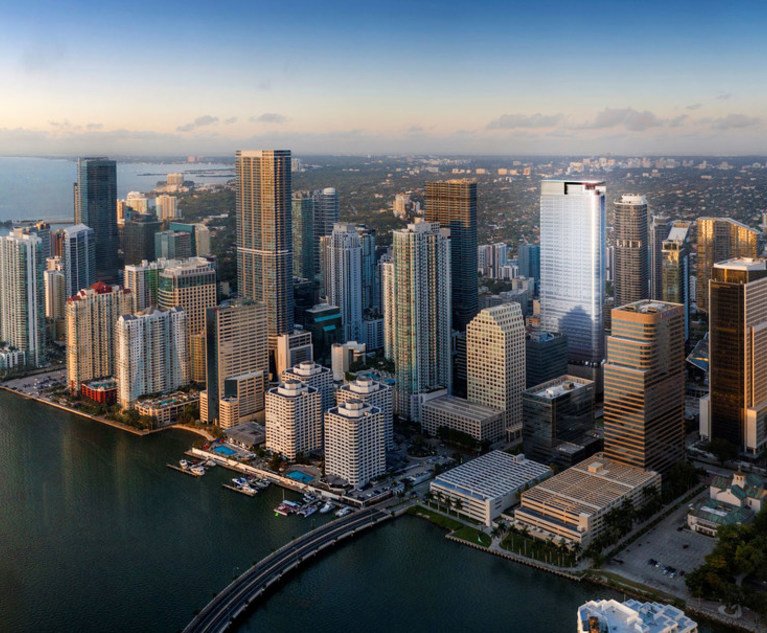The Opportunity Zone program is receiving major attention in the real estate industry. Real estate developers and investors are expected to deploy a substantial amount of capital in Opportunity Zones. They are located in economically distressed communities where new investments, under certain conditions, can qualify for tax breaks. The Treasury Department designated nearly 9,000 census tracts as Opportunity Zones across urban and rural areas throughout the United States. It is estimated that approximately 35 million Americans live in Opportunity Zones, which have higher poverty and unemployment rates than the rest of the nation.
Some of Miami’s Opportunity Zones (OZs) are in downtown Miami, Wynwood, Hialeah and North Miami. While developers stand to reap the benefits of tax breaks it is not clear how residents of low-income neighborhoods in Opportunity Zones will benefit from the redevelopment of their communities. The current legislation and the proposed regulations do not impose any requirements on generating social or public benefits for those who live in OZs; rather, the standards are based upon purely economic formulas. We believe that it would be appropriate to have some degree of governmental involvement/regulation in the process to ensure that the development of OZs provides public benefits for the economically disadvantaged residents in Opportunity Zone areas since, by definition, OZs are based upon both a lower-income standard or poverty standard.


 Miguel Diaz de la Portilla, left, and Ronald R. Fieldstone, right, of Saul Ewing Arnstein & Lehr.
Miguel Diaz de la Portilla, left, and Ronald R. Fieldstone, right, of Saul Ewing Arnstein & Lehr.




